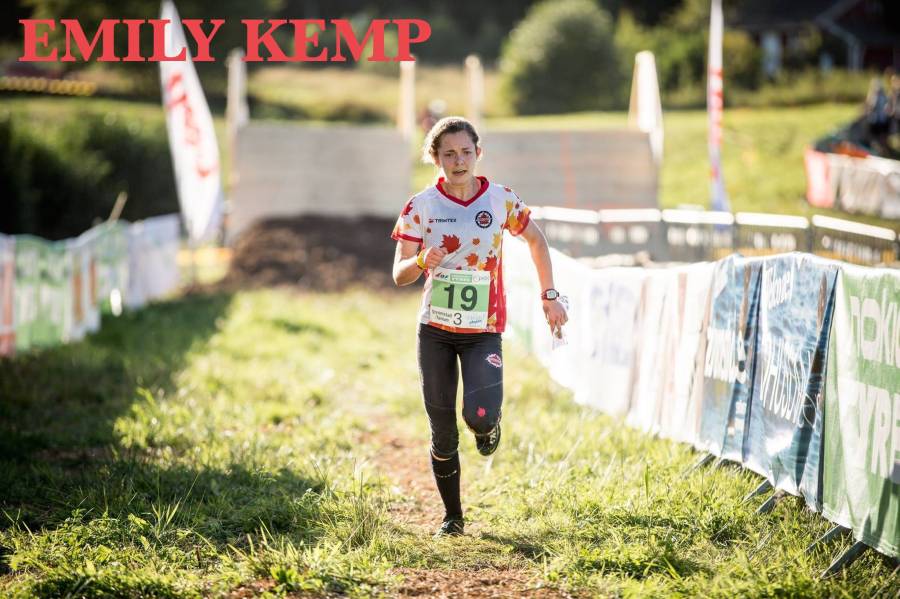I can remember every single time anyone ever commented on my weight or my body: "you've got a big tummy" , "as an athlete you should lose a few kilos" , "you're getting fat".
The rules started with "no sweets one month before the major championships". Then it became two months, three months, six months but I would always allow myself to eat them again afterwards. Each year, the rules got stricter and the list of forbidden foods got longer. I was already training as much as I could so I didn't understand why my body didn't look like the other athletes' bodies. When I looked in the mirror, all I saw was what other people had told me they saw and suggested that I change.
Leading up to WOC 2016, my rules about food extended from the start of the competition season in April all the way to the final training camp in October. I allowed myself one day of reprieve after WOC ended but even then I still felt guilt about the rules that I was breaking. If anybody commented on my weight it was to say they were concerned at how small I was getting. All I felt was accomplishment because that meant that the rules I was forcing myself to follow so strictly were finally working. After that last training camp, I thought "well, this is my season break so it must be okay for me to not follow these rules for a week before I start training again". That week of eating as much of whatever I wanted turned into two weeks, one month, three months... once I had started, it was impossible for me to stop.
And so commenced a very fast downwards spiral into bulimia - binging and purging - and the tough climb back up.
 |
| Photo: Jaana Honkanen |
The first time I ate lösgodis again (those candies you pick and choose from bins), I went with Andreas to the supermarket and carefully picked out two of each of my favourite candies. We then sat together in the park sharing in savouring the chewiness and the flavours. Andreas said that he had never seen anybody eat candy so slowly. To me, that was the greatest compliment.
I've learned to fuel my body with food and the only rule that I have is that there are no rules. Yesterday, I went to the supermarket by myself, I picked out two of each of my favourite candies and bought a tub of ice cream. And as I sat at home with my bowl of ice cream, I thought back to just a year ago when something like this was absolutely impossible. I felt the love that I have for my body and the appreciation for how far I've come. I cried eating that bowl of ice cream, not because I felt that I shouldn't be eating it, but because it tasted so damn good.
Yes, nutrition is a part of being an athlete and yes, it can be a part of competition preparation. Without the right fuel, the engine isn't going to get very far. There is, however, a line between where it is constructive towards athlete development and where it is destructive. Absolutely nobody, athlete or not, should feel that their body is not good enough or that their success hinges upon the way their body looks or a number on a scale. We are all so, so much more than that.
I am not a specialist in nutrition or eating disorder recovery. I had to reach out to a lot of different people to ask for help and to learn from them. These are my experiences of suffering and recovering from a very difficult relationship with food. If you are struggling with similar thoughts, obsessions and feelings, please reach out to someone - me, a friend, a family member, a doctor, a coach - for help. I promise you that the ice cream is better on the other side.










